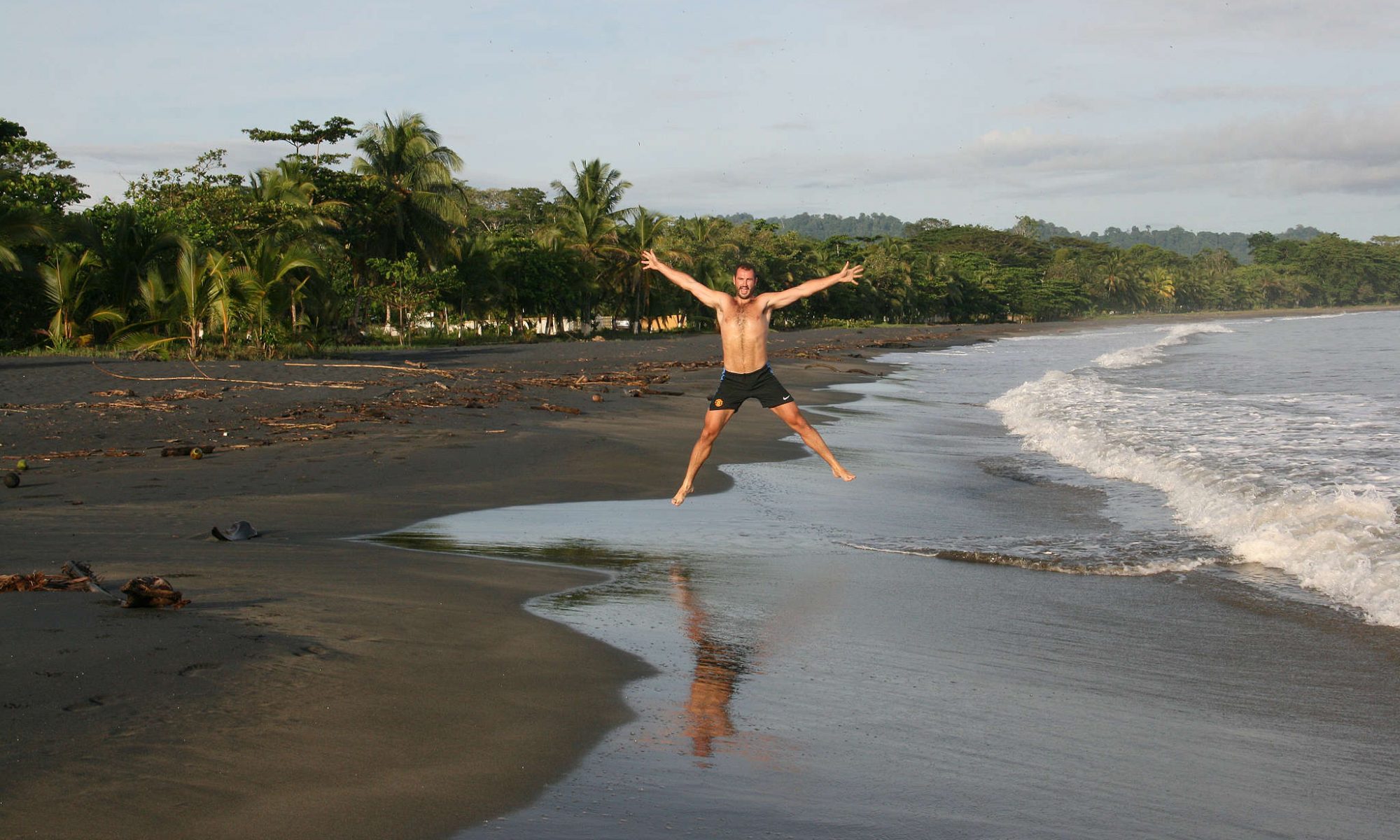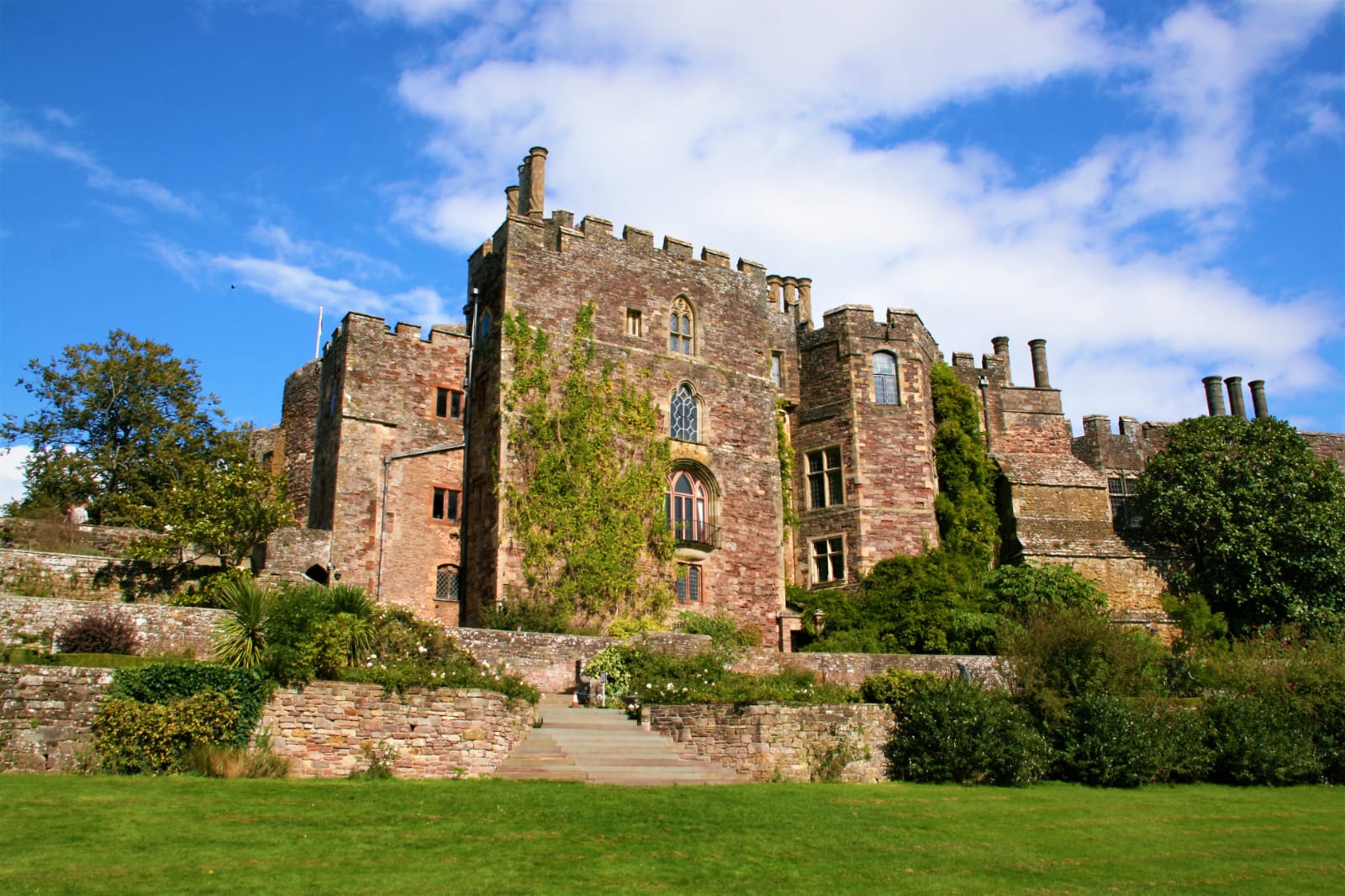It was the start of the new season. The autumn air that normally fills my lungs with joy was interspersed with the dark cloud of coronavirus. It is like a sword of Damocles hanging over us, but thankfully, protected as best we could have been, the sun finally broke through the clouds on our latest venture. Its warm rays provided the ignition to light that fiery display that this time of year provides, its crescendo some time off, as that pallet of orange that so normally splashes upon landscape views, was only a mere sprinkling of colour. Only the promise of the colour cacophony could be seen that day as the green leaves that provided lush memories of those warm summer’s days had started to fade away. This was no ordinary beginning to the autumn fall; we were escaping the restrictions of a national lockdown and entering a crazy new world. A weird world, where a pandemic had spread throughout it like wildfire, raging berserkly and evoking pendulum wide opinions. We all were imprisoned in their own homes and this had been absolutely necessary. Now we dared to still explore, governed by rules and regulations. These were not the sort of meanderings I’d ever experienced before. Pre-booking, ‘the new norm’, has taken away that spontaneity as military like agendas needed to be created to meet COVID requirements. We judged it best to meet these and at least get out of the house. It is a hard thing to admit but travel and adventures have largely, though not completely as there is a real need to venture out, lost their appeal in this new norm. And as we come to terms with what a future world might look like it is with a sense of despair and sadness that, perhaps, things will never be the same again. Not one to dwell on the future but to live in the moment, Berkeley Castle provided the first chance of freedom.
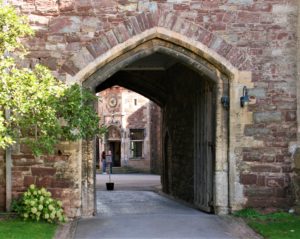
This unattractive, rugged structure provides a differing form of intrigue and illusion, one that such historic places create. The name of Berkeley is well and truly etched in every stone for the family name has lived here for almost 900 years. If only these stones could talk……. They could relive the battles they have witnessed or recalled the visitors that graced the place or even borne witness to a murder. For so much of Berkeley’s beauty lies within its ‘tales’.
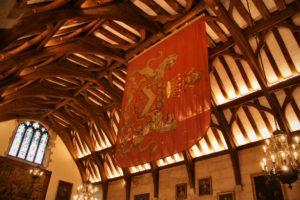
The castle was first built as a Norman motte and bailey. A wooden fortress built on top of the mound, and throughout the centuries was alternatively strengthened and weakened. When Robert Fitzgerald’s loyalty to the crown was rewarded with the grant of the castle and estates in 1153, he set about building the stone keep at the heart of the castle that one sees today (and where one’s tour starts as one climbs the steps to the first floor).
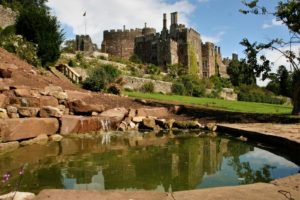
Over the next 300 years the family was in and out of favour with the monarchy as most families seem to have been in their time. At one point the Berkeley family were one of 50-70 noble families who helped govern the land but as their fortune ebbed and flowed, so did their wealth and favour. They were given dubious responsibility of holding a famous prisoner. In 1327 the castle kept the deposed king, Edward II, who was then murdered here (as you enter the Kings Gallery (named after the family’s collection of paintings of kings of England) one sees where the not-so-pleasant deed was committed – allegedly). By now the castle was clearly being expanded and strengthened. The kitchens, butteries and great hall (displays a large flag which we missed on our first visit as we were drawn to the stained glass windows; we returned to this room when we came back from the kitchen and noticed it hanging there) were added, which are now part of the interesting tour that one embarks on when visiting. By the mid 1500s the castle was very appealing to some who wanted to get their hands on it, and upon the death of the fourth Lord Berkeley, an inheritance dispute took place, and with no direct heirs, it was fought amongst a couple of cousins, the crown and another earl wanting to get his hands on it. Years of dispute ensued. In between all of this it made its way into the hands of crown on a couple of occasions and Queen Elizabeth I’s favourite, the Earl of Leicester, most certainly took a fancy to it. He managed to persuade the queen to hand it over to him – the castle and estates were so valuable. It eventually made its way back into the hands of Lord Berkeley at a great cost (this throws into doubt the claim that the same family has lived here for 900 years). By now the Tudor dynasty was coming to an end to be replaced by the Stuarts (the Tudor period is referenced on the tour by the name of the room one enters when leaving the King’s Gallery – Drake’s room – which houses a number of paintings of ships).
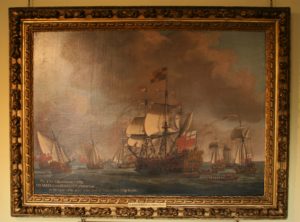
The Stuart era was a fascinating period of English history as civil war broke out, the only time this country has experienced such turmoil, and Berkeley was no exemption as far as choosing a side to support was concerned. The castle’s location halfway between Bristol and Gloucester meant it was possibly a key strategic location. It changed hands an incredible 5 times between the parliamentarians and the royalists. Part of the successful Oliver Cromwell’s legacy ensured valuable and interesting items were destroyed as he went about rebuilding the land in his own image by removing any vestiges of Catholicism. Even the castle’s defences were destroyed, and one wonders why this should have been. I guess Oliver Cromwell sought loyalty from people in return for him giving back their lands; I guess he needed to know that the castle could never be used against him. So, Cromwell instructed the breach of the keep wall so that it could never be used as a fortress again. During the years the family has inherited some properties, estates and lands. Their most notable inheritance was Berkeley Square in London; sadly, this no longer belongs to the family as it was plundered during its ownership to service their lavish lifestyle but adds another point of interest to visit when returning to London one day.
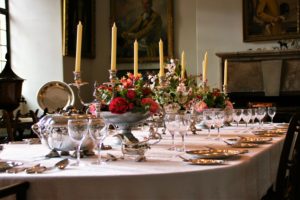
As the sun was still shining it would have been rude not to explore the gardens – in many properties that is all that can be seen in these trying times. We went to explore what autumn had done to the foliage in the grounds. We followed the ‘new norm’ – the one-way system. Whether or not we followed it correctly was anyone’s guess, it was not that clear which way it went. The steepness of the steps going down meant that much landscaping of the gardens was difficult, and really all that is left is a walled garden. We managed to find some water features which led to a pond. This area provided a time to sit and reflect; I sometimes wonder in 20 to 30 years’ time how I would describe this year and I am left puzzled as to how I would explain it.
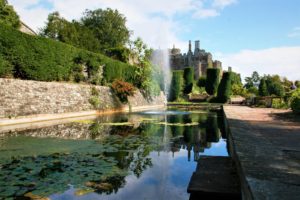
So, as autumn begins to warm my heart, I have to disentangle myself from the ever-increasing number of spider webs that now appear. It’s a favourite time of the year – we are so blessed to have 4 seasons. Its spectacular display of colour captivate my attention and I muse upon the fact that I should be preparing for the winter hibernation and not the start of our first travel plans of the year. I’m grateful for the history of this land, as it will provide me with distraction, and, thinking positively, welcome mental activity, during these lonely and scary times.
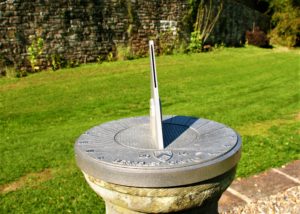
Berkeley Castle, Stroud, South West England, United Kingdom
